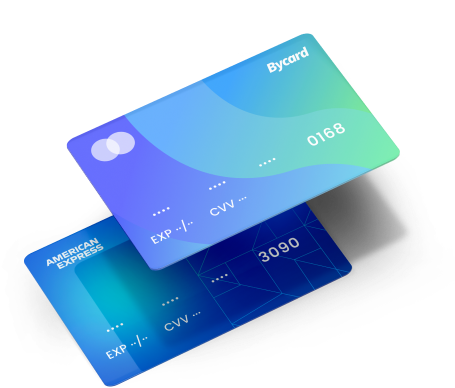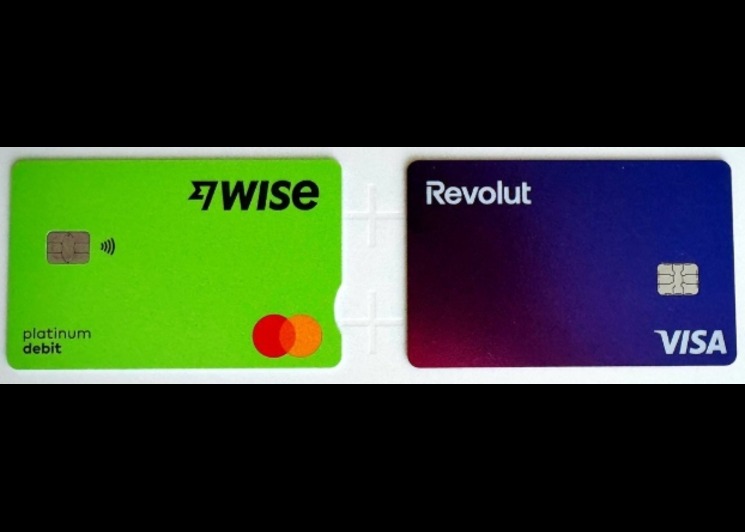Return on Ad Spend: The Key to Smarter Ads and Bigger Profits

Return on ad spend is the metric that directly ties ad dollars to real revenue. If you run several advertising campaigns and want to know if your advertising cost is producing value, using return on ad spend, lets you compare each campaign’s efficiency and decide where to shift budget. Bycard virtual cards and spend tools make it practical to control advertising cost per campaign and guard your ad spend from fraud and human error.
- Return on Ad Spend: The Key to Smarter Ads and Bigger Profits
- What return on ad spend actually measures and why advertising cost matters
- How to set advertising cost limits per campaign so return on ad spend stays healthy
- How advertising campaigns can distort return on ad spend
- How Email scams and vendor fraud inflate advertising cost
- How Bycard protects Media Buying and Protects Return on Ad Spend
- How to Run Advertising campaigns with Bycard and Maximize return on ad spend
- Quick checklist to protect return on ad spend (advertising cost control + fraud prevention)
What return on ad spend actually measures and why advertising cost matters
Return on ad spend = revenue attributable to an ad / advertising cost. It’s simple arithmetic but the interpretation matters. If your advertising cost goes up and ad spend falls, you’re paying more for less. Measure return on ad spend for each channel and each advertising campaigns so you’re not comparing apples and oranges.
One practical note: advertising cost isn’t just the platform spend. Include creative production, agency fees, and overhead when calculating ad spend. Bycard’s budgeting and expense reporting tools help you include those line items so your ad spend is honest and actionable.
How to set advertising cost limits per campaign so return on ad spend stays healthy

When you split your media plan into advertising campaigns, give each advertising campaign a dedicated budget and tracking method. A single Bycard virtual card per advertising campaign makes this easy and auditable: you can cap advertising cost, view transactions for that advertising campaign, and reconcile those transactions to ad platform reports. That direct mapping shortens the loop between spend and results and protects return on ad spend.
Practical steps:
- Create a virtual card for each advertising campaign.
- Set the advertising cost limit (daily/monthly) on the card.
- Require receipts and reconcile ad platform spend against the virtual card’s transactions.
This keeps advertising cost visible and makes return on ad spend simple to calculate and trust.
How advertising campaigns can distort return on ad spend
Different advertising campaigns operate on different timelines. A brand awareness advertising campaign may have a longer conversion lag than a direct-response campaign. If you measure return on ad spend too quickly, advertising campaigns with longer horizons will look worse than they are.
Use Bycard’s receipt management and expense reports to align vendor invoices and card transactions with the campaign attribution window you choose. That way your advertising cost and your revenue windows match, and the return on ad spend you report reflects real performance.
How Email scams and vendor fraud inflate advertising cost
Email scams (phishing, invoice spoofing, business email compromise) frequently target teams that manage vendor payments and media buys. If a scam causes an unauthorized payment, your advertising cost rises and your return on ad spend takes an immediate hit.
Concrete prevention steps you can apply today:
- Route all media vendor payments through a controlled channel (create a Bycard virtual card for known vendors).
- Use single-use or limited virtual cards for one-off vendors or trials; cancel them instantly if something looks off.
- Require vendor onboarding and two-step approval for any invoice above a threshold.
- Reconcile Bycard card transactions weekly against ad platform spend to spot discrepancies immediately.
How Bycard protects Media Buying and Protects Return on Ad Spend

Virtual credit cards let you isolate advertising costs to a single card number that can be limited, paused, or cancelled. Bycard markets solutions tailored to Facebook Ads, Google Ads, TikTok Ads and many other platforms, which means you can create a dedicated virtual card per platform or per advertising campaign and see the spend behave exactly as you expect. That purpose-built mapping lets you measure spend per channel without digging through a messy spreadsheet.
Bycard features that help protect ad spend:
- Budget management and daily/monthly caps to keep advertising cost predictable.
- Virtual cards are instantly issued so advertising campaigns don’t wait for procurement cycles.
- Receipt management and expense reports to reconcile ad platform charges with card spend.
- Bill pay and reconciliation tools to reduce manual errors that inflate advertising cost.

Perfect Card for running ads!

How to Run Advertising campaigns with Bycard and Maximize return on ad spend
- Plan advertising campaigns with a clear objective and expected ROAS target.
- Create one Bycard virtual card per advertising campaign (or per ad platform). Use the card’s cap to set your advertising cost limit.
- Launch advertising campaigns and route invoices or vendor charges through the card.
- Reconcile card transactions and receipts to ad platform dashboards weekly. This ties advertising cost to actual delivery and revenue.
- If ad spend falls below target, freeze the card for advertising campaigns and run a diagnostic test (creative, landing page, attribution).
- For new vendors, use single-use cards or trial limits until trust is established.
Following this flow makes advertising campaigns auditable and keeps advertising cost from leaking into unrelated lines, which keeps ad spend reliable.
Quick checklist to protect return on ad spend (advertising cost control + fraud prevention)
- Create a Bycard virtual card for advertising campaigns.
- Set strict advertising cost caps on each card.
- Use receipt management and expense reports to reconcile campaigns.
- Use single-use cards for unknown vendors and pause cards quickly if suspicious activity appears.
- Monitor return on ad spend weekly and move budget between advertising campaigns based on validated performance.
Conclusion
Return on ad spend should be the north star for marketing and finance because it ties advertising cost to value. When advertising campaigns are instrumented with dedicated virtual cards, and when bill pay, receipts and reconciliation are enforced, your advertising cost becomes a controlled variable, not an unknown. Bycard virtual cards, budgeting and reconciliation features are designed exactly for that purpose: protect ad budgets, reduce vendor fraud, and make return on ad spend a reliable metric to drive decisions.







